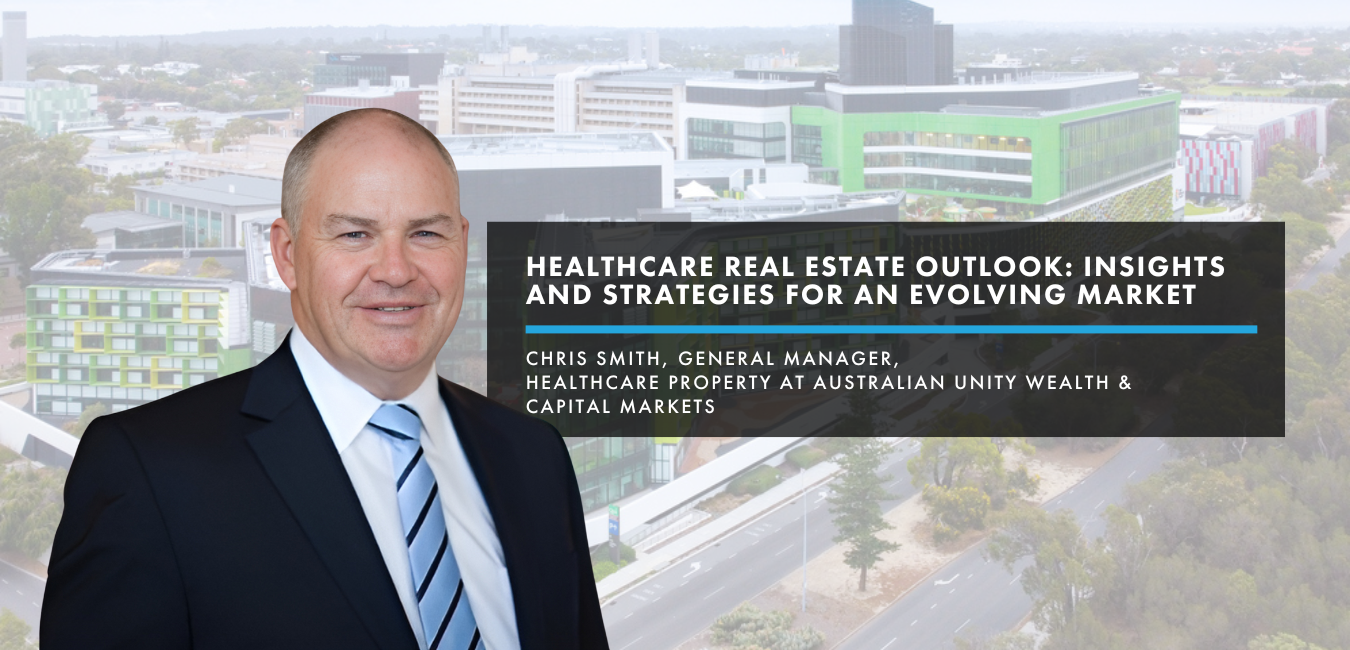Sheridan Ware is the Chief Information and Technology Officer at Charter Hall, one of Australia’s leading fully integrated property groups, with over $45 billion of funds under management across the office, retail, industrial, and social infrastructure sectors. Sheridan is an award-winning leader with over 20 years’ experience driving technology, innovation, and client and employee outcomes. We spoke with Sheridan about what the future of work and offices looks like, what the rest of the world can learn from Australia, and how technology is making it possible.
FuturePlace: Can you start off by telling us a little bit about your background and what you do at Charter Hall?
Sheridan Ware: I moved into the commercial property industry over 13 years ago in a strategic development role for a global real estate services provider. What was meant to be a short stint away from technology has turned into a labour of love, and I’m so grateful to now find myself at the intersection of people, platforms as well as place. My team at Charter Hall works to leverage data and technology to provide greater productivity, improved insights and engaging experiences for our people and our customers.
FP: That intersection is a great place to be. Along those same lines, what are some innovative solutions that have come out of the pandemic?
SW: In the early days when our tenants’ livelihoods were being impacted by lockdown, we worked quickly to connect our systems, data, and analytics platform in new ways. We did this to get rental relief into our tenants’ hands as quickly as possible and to analyse variances in payments to identify tenants that might be in need of assistance.
Now, as our tenants have started to return to offices, we’re extending the use of our tenant experience app, Charli, to provide for contactless entry into the building. We’re also layering on other technologies, such as thermal scanning and UV cleaning of high-touch surfaces to further reduce risk. We’re excited to be working with our partners to see whether we can reuse existing technologies, such as video cameras in meeting rooms, to nudge behaviours around social distancing.
FP: Very interesting! What do you see as the biggest challenge regarding the future of work?
SW: The biggest challenge is honestly that no one has a crystal ball. But, the uncertainty provides an exciting opportunity for us to build resilience and adopt technologies that will help us sense, adapt and respond.
FP: While some people are adamant that remote work is the only way, or that we have to be in the office, do you think an in-between or a hybrid model is the way forward?
SW: It feels really simplistic to operate in binaries—either only remote work or only office work—because, for many companies, both served a purpose prior to COVID-19. So I think it’s definitely a hybrid model with the office serving a vital purpose in helping people connect, collaborate, learn and feel a sense of belonging to the company’s culture.
FP: While we’re talking about the future of work, what types of technology are absolutely necessary for its success?
SW: For me, there are five broad types of technology that will be absolutely necessary for the future of work. One of them, like we just discussed, is around mobility; having the right equipment and connectivity to be able to work remotely. Another is teaming tools like Teams, Slack, and Zoom that help us communicate and collaborate with one another wherever we are. The third is cloud-based work systems and applications that connect seamlessly with one another and allow data and processes to flow freely. And then there are analytical tools and platforms that allow us to aggregate, access, and analyse data. Finally, automation and artificial intelligence will help us swap the mundane work for the meaningful.
FP: That’s a great breakdown. What lessons can the rest of the world learn from Australia as it has returned to the office before the rest?
SW: The starting point has to be safety and there’s no silver bullet. To do it right, we’ve layered on a number of different technologies, and even utilised existing technologies in new ways, to provide additional certainty and reduce risk. In doing this, we were clear to take into account people’s whole journey and how we could open up options to ride, walk and drive to work where our people felt uncomfortable commuting on public transport.
Data and insights have never been more important. If we’re able to analyse key metrics such as building occupancy, workplace utilisation and sentiment, we’re better able to adapt and respond on behalf of our people and our customers.
Of course, every company is different. It’s important to be deliberate about the role of the office so it can be designed to facilitate the right connections and experiences. My team has found it useful to frame that in terms of people—their team, their role and the activities they do. From there, we work out what activities are best supported in the office environment versus those that can be done remotely. And all of this is within the context of each individual’s comfort level and personal circumstances. When we initially came out of lockdown, it felt like we were all in a bubble which we weren’t sure we wanted to burst. But now that we’re back in the office, I think we all realise how much we missed the energy, excitement, and sense of connection we feel when we’re together.
Future of Office Space Summit
Balder will be speaking at our upcoming Future of Office Space Summit, taking place from 17-18 February 2021. Get insights from technology & innovation leaders, tenant & workplace experience experts, property fund managers and industry thought leaders.







